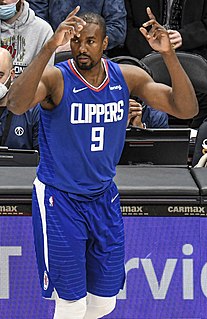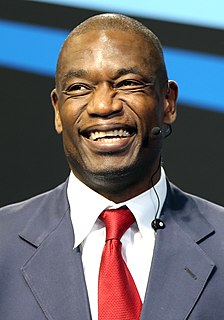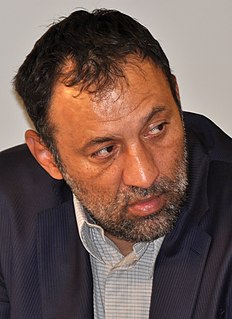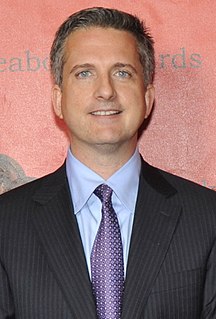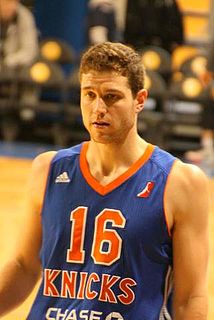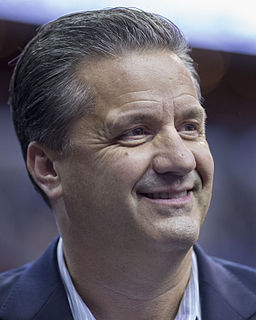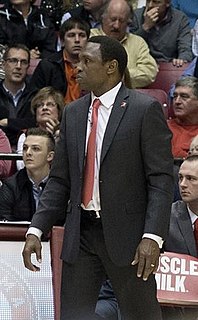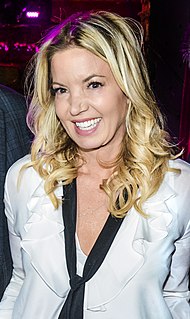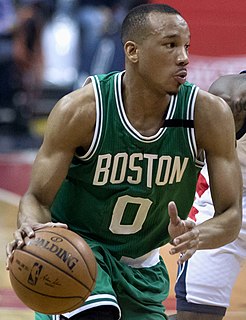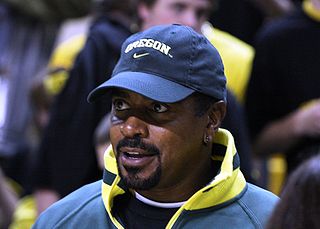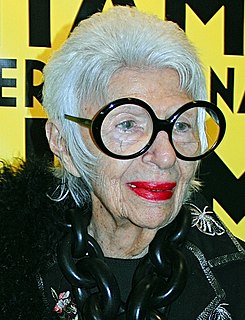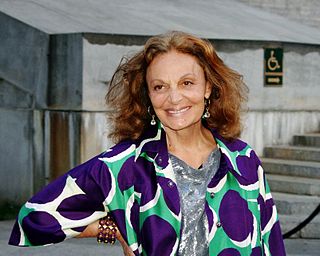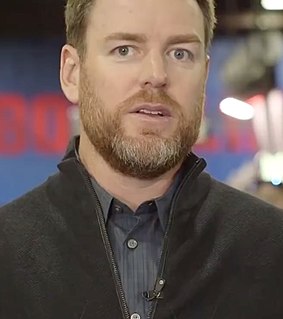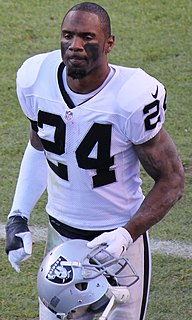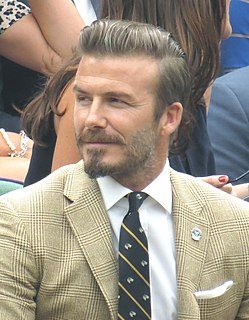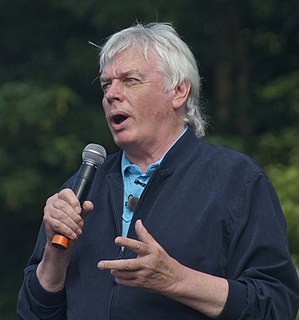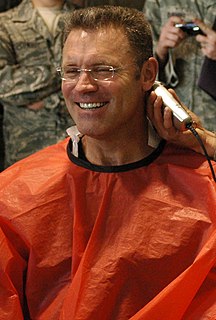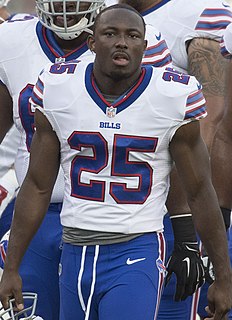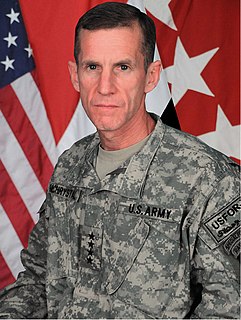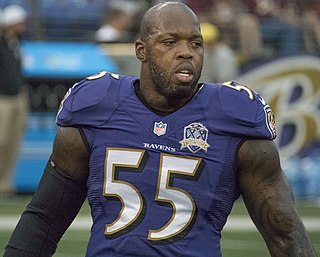A Quote by Tom Brady
When the NBA adopted their uniform that they had to wear, I thought that was very interesting. And you see the way NBA players dress: It's very cool.
Related Quotes
The Energy job was probably the key. It kind of transitioned me back into the States. It gave me a link to the NBA. And I got to make some contacts and meet some players and get players set up and learn the NBA game and terminology and coaching those type of players. It was certainly a huge, huge key to getting to the NBA.
I thought I would make it (to the NBA). I believed that I would make it. But I had a Plan B. I was going to get my Master's degree at Tulane University had it not worked out. I think the pressure of making it wasn't on me as great as some other players that had no other options. I was going to do something special in life and I wanted to play in the NBA. I had a backup plan but I went full speed ahead with my Plan A.
I had a very down-to-earth product, my wrap dress, which was really a uniform. It was just a simple little cotton-jersey dress that everybody loved and everybody wore. That one dress sold about 3 or 4 million. I would see 20, 30 dresses walking down one block. All sorts of different women. It felt very good. Young and old, and fat and thin, and poor and rich.



